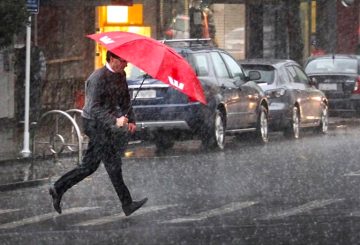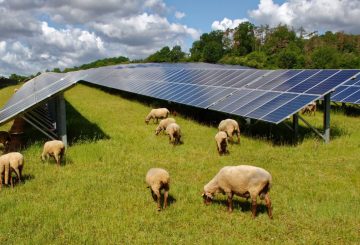奥克兰北岸医院开设了一座名为Totara Haumaru的新外科大楼。由于人员短缺,开业被推迟。这座耗资3.17亿美元的新设施由卫生部长谢恩·雷蒂正式开放,拥有150张床位、手术室和四间内窥镜检查室。
但是,新大楼的开放意味着不会有新的患者接受手术,因为医院的其他部分将不得不关闭新大楼的工作人员。该医院计划在第一年进行2000例选择性手术。
北岸医院运营主任布拉德·希利表示,一旦全面投入运营,该设施将通过接管奥克兰和北国其他地区的工作来帮助减少患者的等候名单。他还提到,将计划护理与急症护理分开将确保已预订的患者不太可能因紧急需求而推迟治疗。
希利还表示,预计在未来20年中,奥克兰和北国的人口将增加近四分之一,75岁以上的人口数量将翻一番。新大楼每年可能进行8000次手术和7500次内窥镜检查。
尽管前景乐观,但该项目受到了人员短缺的影响,原定于2023年12月开放。有薪医疗专家协会的莎拉·道尔顿对招聘足够的工作人员以使该设施满负荷运转表示担忧。她建议,需要做出更多努力,使卫生部门成为更具吸引力的职业选择。
工党卫生发言人Ayesha Verrall表示,该机构将主要使用其他岗位的工作人员,并进行已经计划在其他医院进行的手术。她批评卫生部长谢恩·雷蒂将手术室从现有医院转移到新医院,给人一种手术正在运作的印象。Verrall敦促Reti结束新西兰卫生局的招聘冻结,实现全面招聘,以便该机构能够提供其设计所需的额外15,000例手术。



















































-360x245.jpg)









